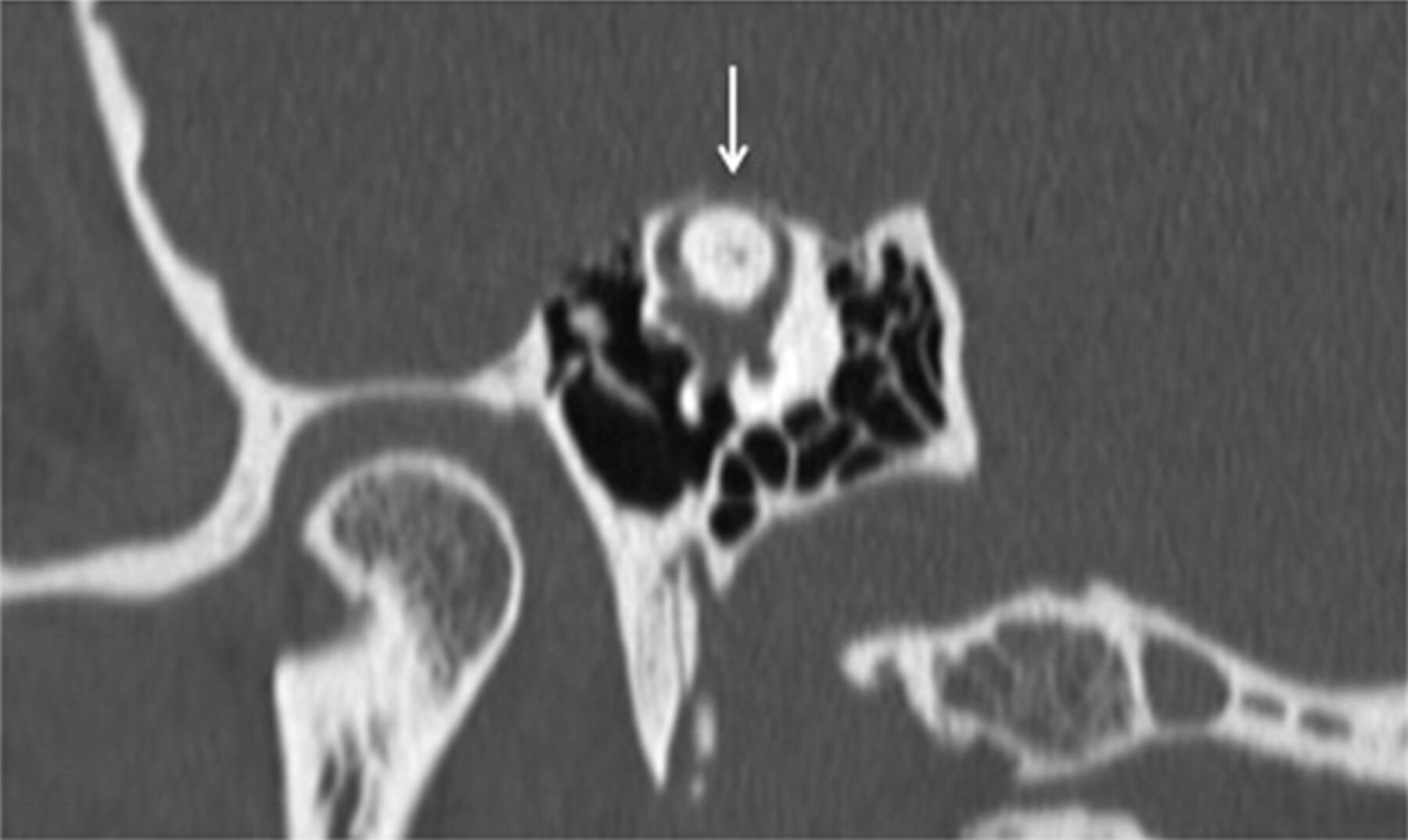
Will vestibular rehab help me?
Do you experience dizziness, vertigo, balance problems, or falls? Find out if vestibular rehabilitation physiotherapy can help you! Learn what vestibular rehab is, how it works, and whether it could help your symptoms. Our expert physiotherapists are here to help at our Toronto clinics or online through virtual care.

In the news: Finding help for chronic vertigo
Many people with vertigo have a hard time finding help. Dr. John Rutka spoke with CBC Radio about the challenges people face getting a diagnosis and effective care for vestibular symptoms.

In the news: Why Canadians need more help for dizziness
Many people who experience problems with dizziness, imbalance, or vertigo have trouble getting a diagnosis and difficulty accessing specialists. Our team spoke with CBC Radio about the challenges people face getting comprehensive evaluation and effective treatment for vestibular symptoms.

Vestibular neuritis
Vestibular neuritis is a common cause of vertigo, and vestibular rehab is an effective treatment to improve symptoms and quality of life. Learn about the symptoms of vestibular neuritis, how this condition is treated, and what to expect in your recovery.

Diagnostic tests for vestibular disorders
Your doctor may recommend tests of your inner ear function to help confirm what is causing your dizziness, vertigo, or balance problems. Learn more about common tests used to diagnose vestibular disorders.

Vertigo after head injury: Post-traumatic BPPV
Vertigo after head injury or concussion/mTBI is most often caused by BPPV. This condition is very effectively treated with physiotherapy. Symptoms last less than a minute and are triggered by lying down, rolling in bed, looking up, or bending over. BPPV can also cause balance problems, motion sensitivity, nausea, and anxiety. Learn about post-traumatic BPPV and how vestibular rehab can help.

What are the otoliths?
The otoliths are the part of our inner ear that sense linear movements and gravity. Problems in the utricle and saccule can cause vestibular symptoms like rocking, swaying, dropping, or feeling pushed or pulled. Learn more about otolithic dysfunction and how vestibular rehab could help.

Persistent postural perceptual dizziness (PPPD)
Persistent Postural Perceptual Dizziness (PPPD) causes chronic symptoms of dizziness, non-rotatory vertigo like rocking or swaying, and balance problems. Learn more about what causes PPPD and how vestibular rehab can help.

Vestibular migraine
Migraine is not just a headache! Vestibular migraine causes vertigo, dizziness, imbalance, motion intolerance, and visual sensitivity. Learn more about diagnosis and treatment of vestibular migraine, and how vestibular rehab physiotherapy can help.

Online exercises for vertigo & dizziness
When vertigo, dizziness, and imbalance are disabling, you will try everything you can to get better! Finding exercises online may have benefits, but also some pitfalls. Learn about the types of self-help exercises you may find, tips for what you might experience when trying these treatments, and when you might need expert help.

Vertigo, dizziness, imbalance & vestibular rehab after stroke
Dizziness, vertigo, and balance problems are common symptoms after cerebellar stroke. Watch Elizabeth Crawford’s presentation for the Central South Regional Stroke Network on the role of vestibular physiotherapy in rehabilitation after posterior circulation stroke.

Why we use infrared goggles to assess and treat vertigo
Learn more about why we use infrared video goggles in our comprehensive vestibular evaluations.

Rare vestibular conditions: Vestibular paroxysmia
Vestibular paroxysmia is a rare inner ear disorder, caused by compression or irritation of the eighth cranial nerve (vestibulocochlear) which is responsible for hearing and balance. Symptoms include frequent spontaneous attacks of vertigo lasting a minute or less.

Rare vestibular conditions: Superior semicircular canal dehiscence
Superior semicircular canal dehiscence (SSCD or SCD) is a rare inner ear disorder, caused by thin or absent bone over the superior semicircular canal of the vestibular system. Symptoms can be very disabling and include vertigo triggered by loud sounds or changes in pressure, pulsatile tinnitus, hearing your eyes move, and hearing your own voice and body sounds too loudly.

7 facts about the inner ear
Seven interesting facts about the inner ear, symptoms of vestibular problems, and how vestibular rehabilitation physiotherapy can help.

Dizziness from my ear?
Our ears are used for hearing, but they are also essential for balance. Our inner ear is located deep in our skull and includes the vestibular system. If you have problems in these balance organs, you may experience dizziness, difficulties with balance, or problems seeing the world clearly when you are moving.

What is nystagmus and why is it important in vestibular rehab?
When we assess your vestibular system, we spend a lot of time looking at your eyes! One of the things we are looking for is nystagmus. Nystagmus is rapid and rhythmic movements of the eyes that are involuntary, meaning you are not able to control these movements. These eye movements give us clues to what is causing your vertigo or imbalance.

The most common cause of vertigo
The most common reason people experience vertigo is due to a condition called Benign Paroxysmal Positional Vertigo (BPPV). Although this condition is not dangerous, vertigo can be a very disabling symptom. Vertigo is described as a hallucination of movement - most commonly it is experienced as spinning. Often our patients describe it: “when I lie down, I feel the entire room is spinning” or “when I look up, it can feel as if the world is going upside down and I could fall”.
